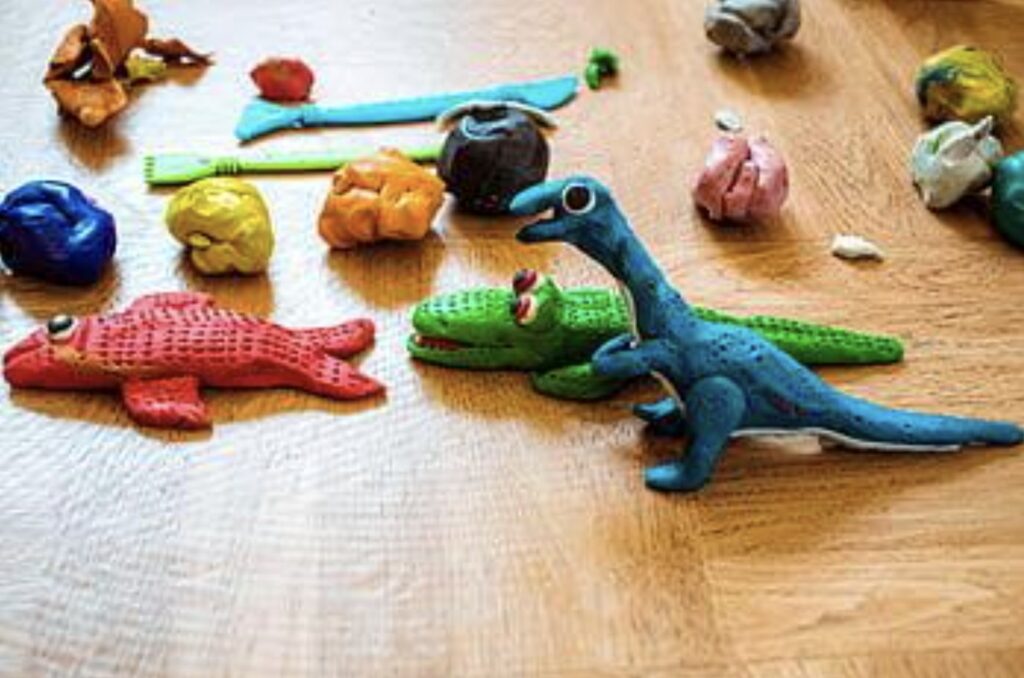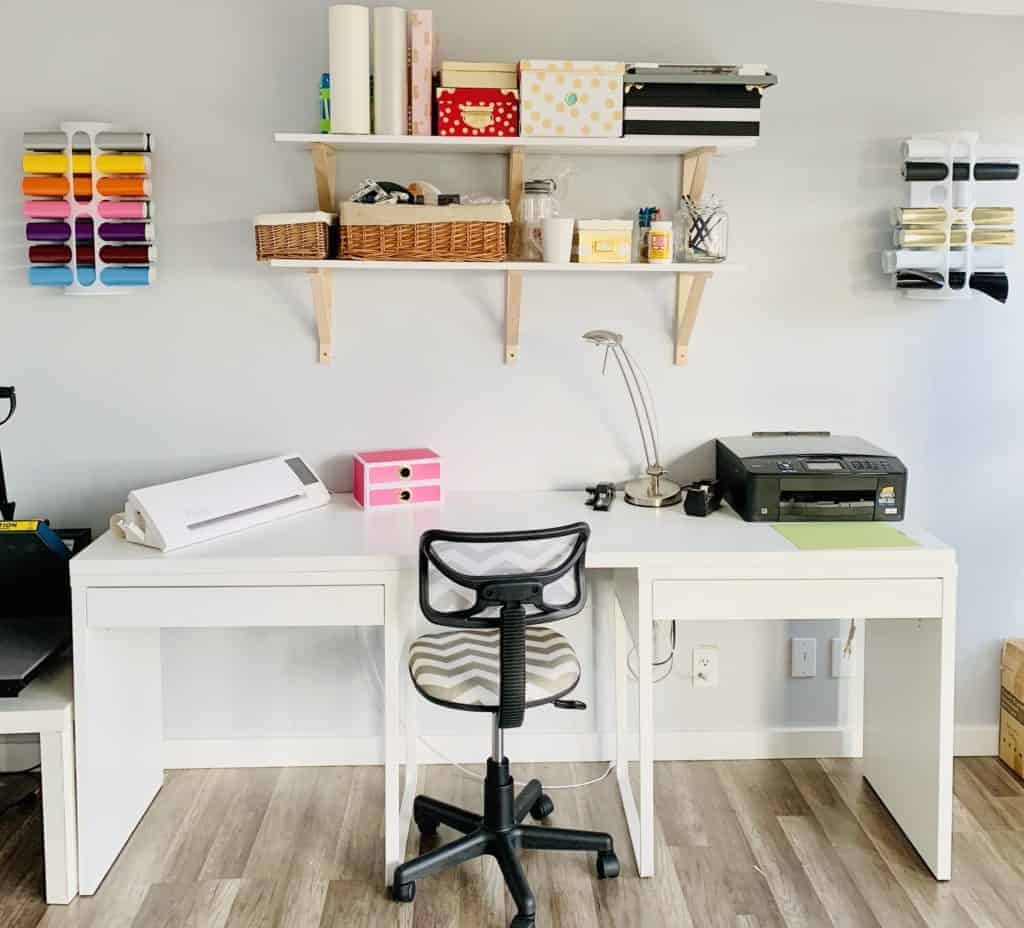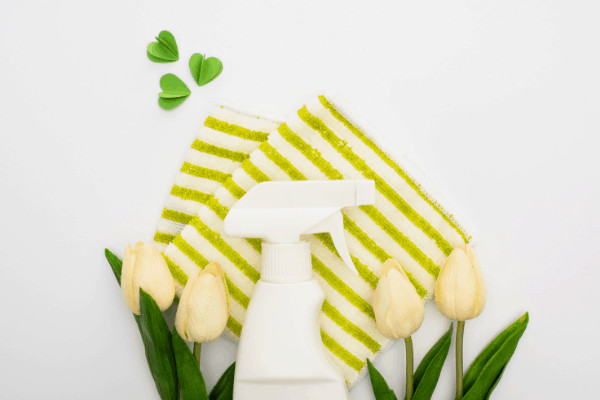I’m sitting here looking at a box of baby clothes I packed away three years ago.
My youngest is in school now—she hasn’t worn any of this since she was tiny. I know I should pass them on to someone who needs them. But every time I try, I end up just staring at those impossibly small sleepsuits, remembering the days when they were last worn.
If you’re reading this, I’m guessing you’ve got your own version of that box—toys, artwork, outgrown clothes. And you’re wondering how to let go without losing those precious memories.
Thankfully there is a way to wave goodbye, without losing those precious memories. I’ll show you how.

Why Children’s Clutter Feels Different
Why this feels so impossibly hard
There’s a reason you’re still keeping that tiny newborn outfit five years later. It’s not the fabric you’re attached to—it’s the memory of bringing your baby home for the first time. Those wooden blocks aren’t really about the blocks—they’re about hundreds of afternoons building towers together, your toddler’s delighted giggles when they crashed down.
Honestly? This is completely normal! Most parents keep the majority of their children’s first-year items indefinitely. You’re not being silly or overly sentimental; you’re simply aware of the stories they tell.
Photos help, but they’re not the complete answer
Taking photos before donating sounds perfect in theory.
In practice? My phone’s full of pictures of random items that I never look at. When I do scroll past them, I often can’t remember the story behind them anymore.
A photo captures what something looked like. But who gave it? Why your child loved it? What they said when they played with it or what their thoughts were about it? Those special details get lost—and that’s what makes letting go feel impossible. Almost unethical!

A Better Way Forward
What’s actually working for me
I’ve finally found a sorting method that doesn’t end with me putting everything back in boxes.
Instead of “keep or chuck,” I ask: “Do I need the physical object, or do I need the memory?” Then I sort into piles:
- Physical keep (small!)
- Capture memory then donate
- Photo sufficient
- Release without guilt
The “capture memory then donate” pile is the game-changer. It removes the horrible guilt because I’m not throwing memories away—I’m preserving them!
The memory-capturing bit that matters
For the things I want to capture the memory of, I don’t just snap a quick photo. Instead, I take a moment to properly record the details my family will want to revisit:
- The photo: Clear image of what it actually is
- The story: A few sentences about why it mattered. Who gave it? What milestone? What did my child say about it?
- Consider video: For special things, I’ll film my kids talking about them. “Why is this special to you?” Their answers capture the meaning behind the items in ways photos miss. It’s a fun activity to do with them too. I keep it quick—maybe two minutes max per item. But those two minutes mean the memory actually gets preserved, not just photographed.
What I actually keep physically
Some things genuinely deserve storage space in my view:
- First outfit from hospital
- Maybe one or two truly beloved toys (for grandkids one day?)
- Handmade items from grandparents
- Significant achievements
My rule: one memory box per child. I’ve gone for those big IKEA boxes with lids; you can squeeze a lot of memories into one of them.
Where These Memories Actually Live
My scattered digital mess
So I’ve captured all these lovely photos and videos and stories. Step one done—brilliant!
However, now these digitised memories are everywhere—my phone, my husband’s phone, the tablet, Google Photos, iCloud, that external hard drive (residing somewhere in our home)… I’ve basically just swapped physical clutter for digital chaos.
What will I do when I want to revisit a memory, on my own, with my children or even my parents? Without organising them in some logical way, panic is the likely option!
Find your family home for memories
I’ve learned that all digital family memories are best kept together in one place, then I can actually find things.
Some friends use organised folder systems in Google Drive—one folder per child, subfolders by year. Others use platforms designed for this, like Simirity family journal, which lets you combine photos, videos and voice recordings into stories that can be easily searched for and shared with grandparents too.
I’m less fussed about which system, more bothered about actually having a system. Here are five features to consider when selecting a home for treasured family memories:
- Ability to add memories quickly and easily from all devices
- Flexibility to add the files that interest you (eg photos, videos, voice recordings, maps, documents)
- Ease of searching for stories of interest
- Option to share with all family or specific people
- All content is kept private and secure
Your Next Steps to a Decluttered Home
Maybe start with just five things this week? The ones your children have definitely outgrown. Take a photo, write down the memory, capture why it mattered. Then let them go to someone who will appreciate them.
I think you’ll find the memory stays—and that’s the bit that actually mattered.






I totally get this! Especially as a homeschooling mom, my kids had all sorts of projects and artwork that I wanted to keep for memories. At one point, I had a roll-under bin under my bed to keep them in. I eventually downsized & kept what could fit in folders and filed them in my drawer. Now that they’re older, we’ve gone through them every so often. I’ve also done the OneDrive thing and have lots of folders in there of memories.
Oh my gosh, I struggle with this. I hate letting things go. I am working on it. But my garage is currently scary. I just can’t seem to let go of tiny outfits and art projects.
It is hard to declutter when your parents die. With my mom, it was done before she went into memory care.